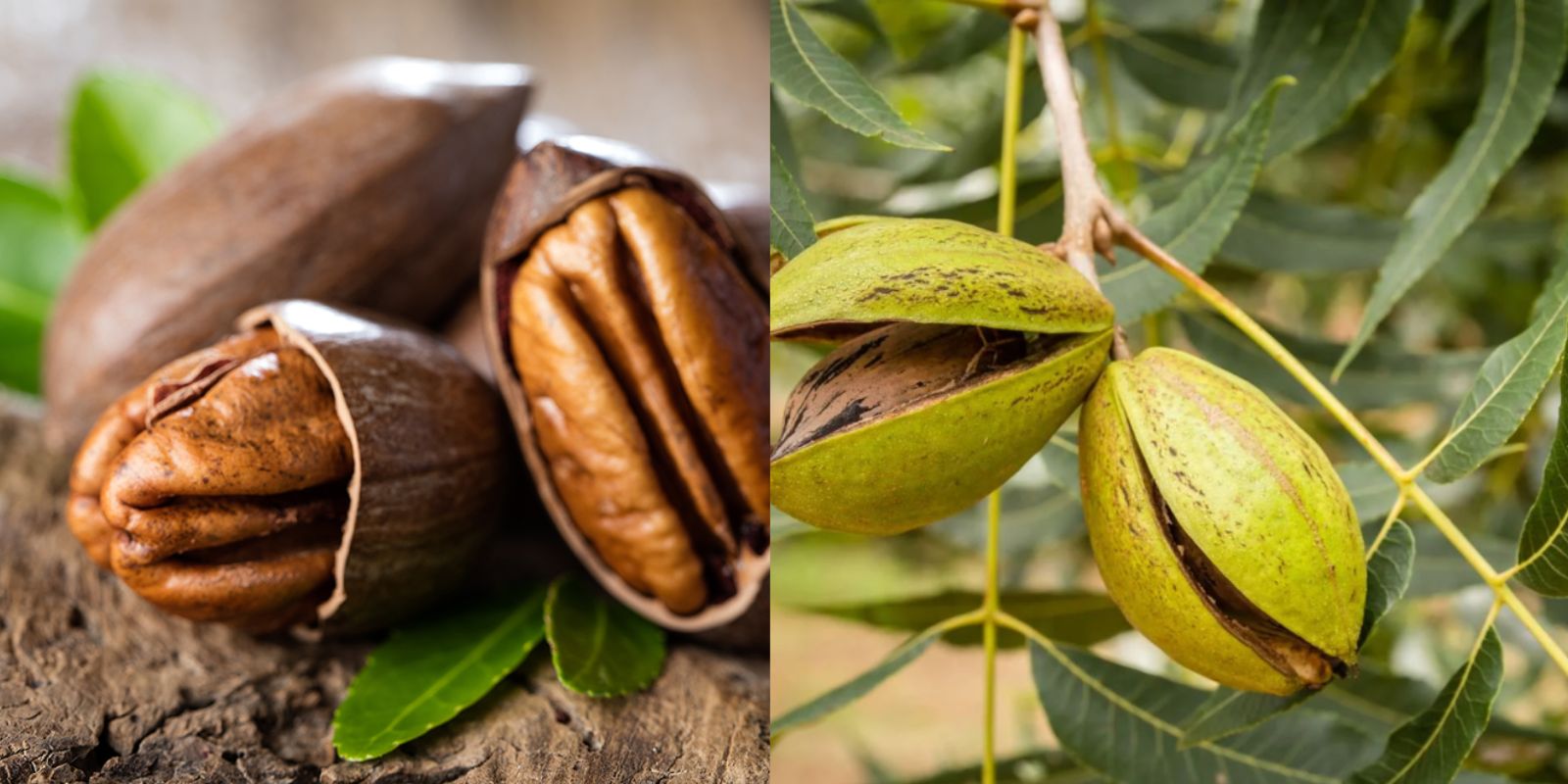Growing pecan nuts from seeds is a rewarding experience that not only yields delicious fruit but also enhances the beauty and diversity of your garden. Pecans are known for their tasty nuts, which are used in a variety of dishes, from desserts to salads. Moreover, pecan trees are magnificent and can provide shade and a habitat for wildlife. In this article, I will guide you through the necessary steps to grow pecan nuts from seeds, from seed selection to caring for young trees.
1. The Importance of Choosing Quality Seeds
The first step in growing pecan nuts is selecting high-quality seeds. Make sure to choose nuts that are fresh and fully mature. Pecans are typically harvested in the fall, so look for nuts that have fallen from trees or those sold by local producers during that season. The varieties that best adapt to your local climate are ideal for increasing the chances of success.
2. Preparing the Seeds
Once you have acquired the nuts, the next step is to prepare them for planting. First, remove the outer shell of the nuts. This can be done by hand or using appropriate tools to avoid damaging the inner seed. After removing the shell, place the nuts in a container of water for 24 hours. This process helps to soften the seed coat, which can facilitate germination.
3. Cold Stratification
Cold stratification is an essential process for many tree seeds, including pecans. After soaking the seeds, place them in a damp paper towel and wrap them up. Then, place the towel in a plastic bag and store it in the refrigerator for 60 to 90 days. This process simulates the winter conditions that seeds would need to germinate in the wild.
4. Preparing the Soil
While you wait for the seeds to stratify, it’s a good time to prepare the soil where you will plant the nuts. Look for an area in your garden that receives full sun and has good drainage. You can mix the soil with compost or manure to improve fertility. A pH of 6.0 to 7.0 is ideal for pecan growth.
5. Planting the Seeds
Once the stratification process is complete, it’s time to plant the seeds. Make holes that are 1 to 2 inches deep in the prepared soil. Be sure to space the seeds at least 10-15 feet apart, as pecan trees can grow quite large and will need space to develop properly.
6. Proper Watering
Watering is crucial for seed establishment. After planting, water the area well to ensure moisture reaches the seeds. It’s important to keep the soil consistently moist, but avoid overwatering, as this can cause the seeds to rot. During dry periods, make sure to water more frequently.
7. Sunlight and Temperature
Pecan nuts require at least 6 hours of direct sunlight each day for optimal growth. Additionally, they prefer warm climates and are not very frost-resistant, so consider the temperatures in your area. Ensure that the chosen location for your nuts receives sufficient light and is not exposed to cold drafts.
8. Care for Seedlings
Once the seeds germinate, seedlings will begin to appear. At this stage, it’s essential to provide proper care. Be sure to remove weeds around the seedlings, as they compete for nutrients and water. You can apply mulch around the plants to help retain moisture and control weeds.
9. Fertilization
Fertilization is important for the healthy growth of young trees. You can use a balanced slow-release fertilizer in the spring to provide the necessary nutrients. As the tree grows, you can switch to fertilizers specific for fruit trees, which contain appropriate levels of nitrogen, phosphorus, and potassium.
10. Transplanting
When the seedlings reach about 12 inches in height and have a strong root system, they will be ready to be transplanted to their final location. Transplanting should ideally be done in the spring or fall when temperatures are milder. Make a hole in the new planting area that is twice as wide as the seedling’s root ball and plant it carefully.
11. Tree Maintenance
After transplanting, it’s essential to continue caring for the young tree. Water regularly, especially during the first year after transplanting, to help establish a strong root system. Additionally, consider pruning the tree to remove dead or damaged branches and encourage proper shape.
12. Pest and Disease Control
Pecan trees can be susceptible to pests and diseases. Keep an eye on your tree and look for signs of problems, such as leaf spots or insect infestations. If you notice any issues, act quickly to control them. You can opt for organic pest control methods, such as natural insecticides, to maintain the health of your tree.
13. Harvesting Pecan Nuts
After several years of care, your pecan tree will finally start producing nuts. Generally, pecans take about 4 to 8 years to begin bearing fruit. When the nuts are ready to harvest, you will notice that the outer shell opens up. Collect the fallen nuts and dry them properly before storing them for use.
14. Benefits of Growing Pecans
In addition to providing delicious nuts, pecan trees have many benefits. They can improve soil quality, attract pollinators, and provide shade in your garden. Moreover, planting a tree is a fantastic way to contribute to the environment and enhance biodiversity.
Conclusion
Growing pecan nuts from seeds is a fulfilling experience that connects you with nature and rewards you with delicious nuts. By following these steps, you can establish a tree that will provide you with fruit for many years to come. It’s not just an investment in your garden but also an opportunity to enjoy the beauty and generosity of nature.
Share Your Experience!
Now that you know how to grow pecan nuts, it’s time to put your gardening skills into practice! Share your experiences and progress on social media using the hashtags #GrowPecans #SustainableGardening #DeliciousNuts #GrowYourOwnFood #LoveNature. Inspire others to join this wonderful gardening adventure! 🌳🌰

